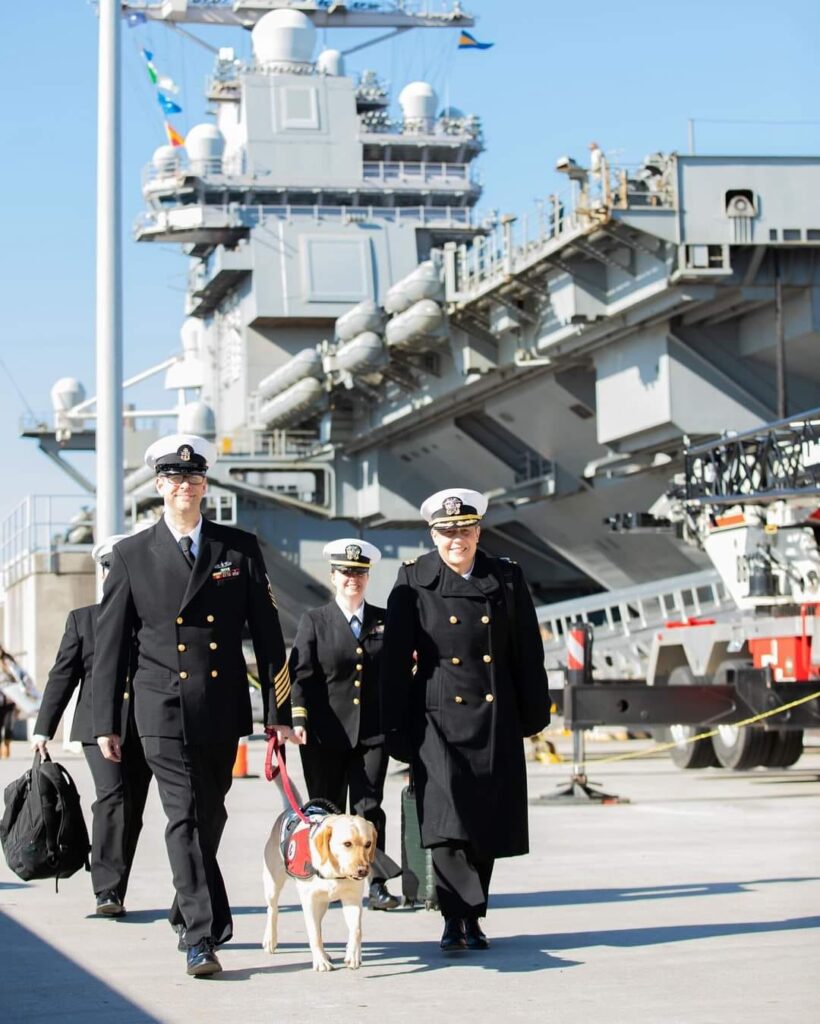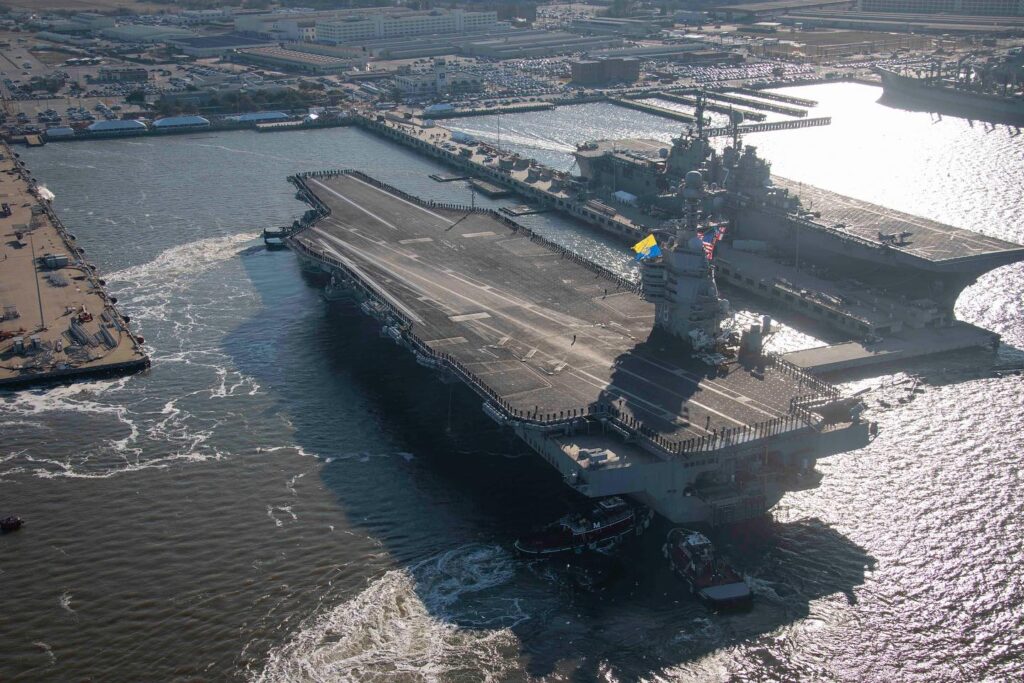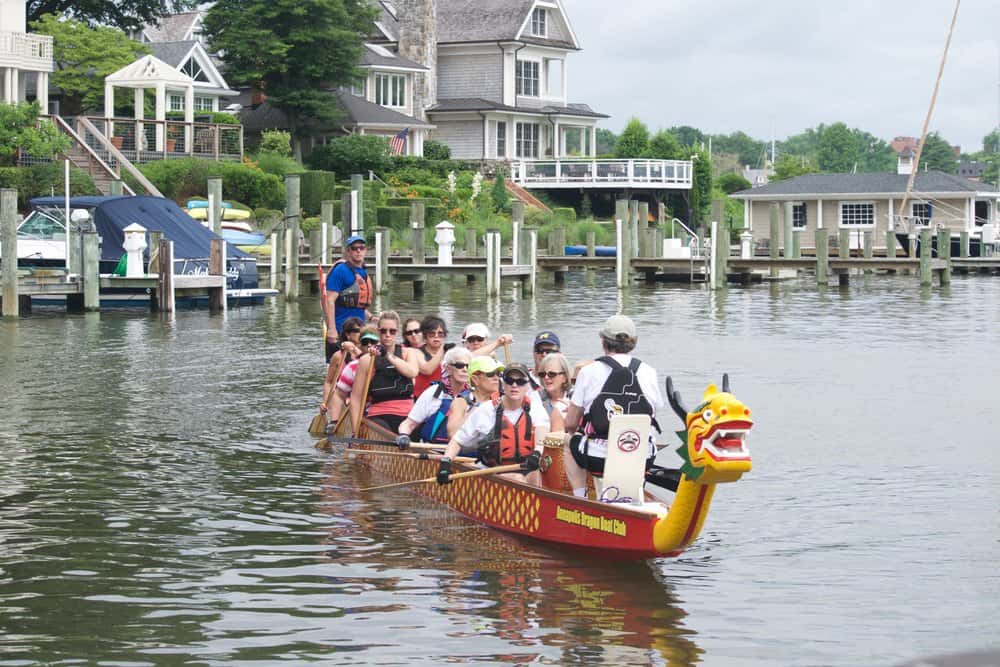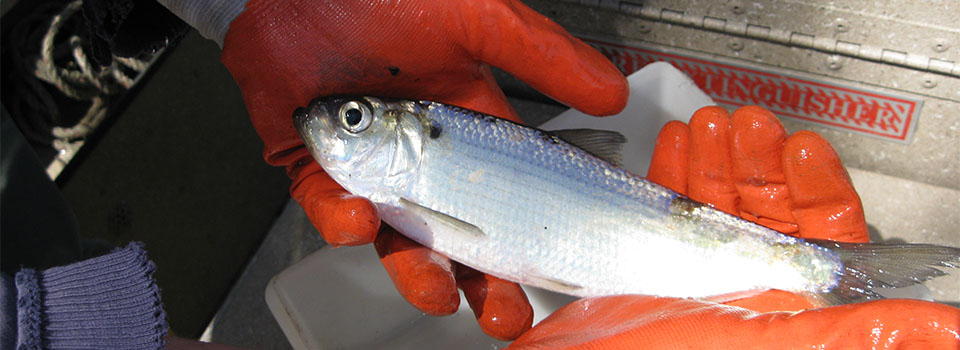The USS Gerald R. Ford (CVN 78) sailed into Naval Station Norfolk last week after an eight-month deployment to the Mediterranean, to the joy and relief of the crewmembers’ family and friends.
CVN 78 is the Navy’s newest, largest and most advanced aircraft carrier, costing $13.3 billion. This was its first combat deployment, as Chesapeake Bay Magazine reported when they left port in May 2023. The strike group travels with 5,000 Sailors.
The Gerald R. Ford carrier strike group traveled to participate in “numerous multinational exercises and viligance activities” to deter aggression in the region, visiting Croatia, Greece, Italy, Norway and Turkey. Some ships in the strike group also visited Belgium, Cyprus, Montenegro, Spain, and Sweden. But during the trip, the Israel-Hamas conflict broke out in the Gaza Strip, prompting the Navy to extend the carrier strike group’s deployment by 76 days.

During the extension, the strike group operated in the Mediterranean Sea to “deter further escalation and support Israel in its right to self-defense.” Two of its ships, the guided-missile destroyers USS McFaul and USS Thomas Hudner deployed to the U.S. 5th Fleet area of operations.
The USS Gerald R. Ford returned to Norfolk on Jan. 17 having sailed more than 83,476 nautical miles in its 239 days underway.
“I am incredibly proud of every member of the strike group, especially the triads who led their teams of exceptionally talented sailors with professionalism and perseverance,” said Rear Adm. Erik Eslich, commander of CSG 12. “…We excelled during a very challenging deployment, demonstrating the capabilities of a U.S. Navy carrier strike group, assuring our partners and allies, and deterring our adversaries with our operations in the U.S. Naval Forces Europe area of operations.”
The Gerald R. Ford, first in its class, is the first major aircraft carrier redesign in 40 years. It brings 23 new technologies to Navy aircraft carriers, including an Electromagnetic Aircraft Launch System and Advanced Arresting Gear and Advanced Weapons Elevators. It was also the first U.S. Navy ship to deploy with a working therapy dog, part of a pilot program intended to encourage morale and resiliency and help Sailors with the stress of their jobs.
For the 5,000 Sailors deployed, the strike group’s kitchens made and served 3.1 million meals, using 24,000 gallons of milk, 367,000 pounds of chicken, and the favorite, 79,000 chocolate chip cookies.




